Does your state require the reporting of medication errors? If the answer is No, get ready for a change. Twenty-three states, including California, Florida, New York, and other major hospital population centers, already mandate med-error reports. Another six states are actively considering legislation, according to on-line publisher NETSCAN, based in Falls Church, Va.



